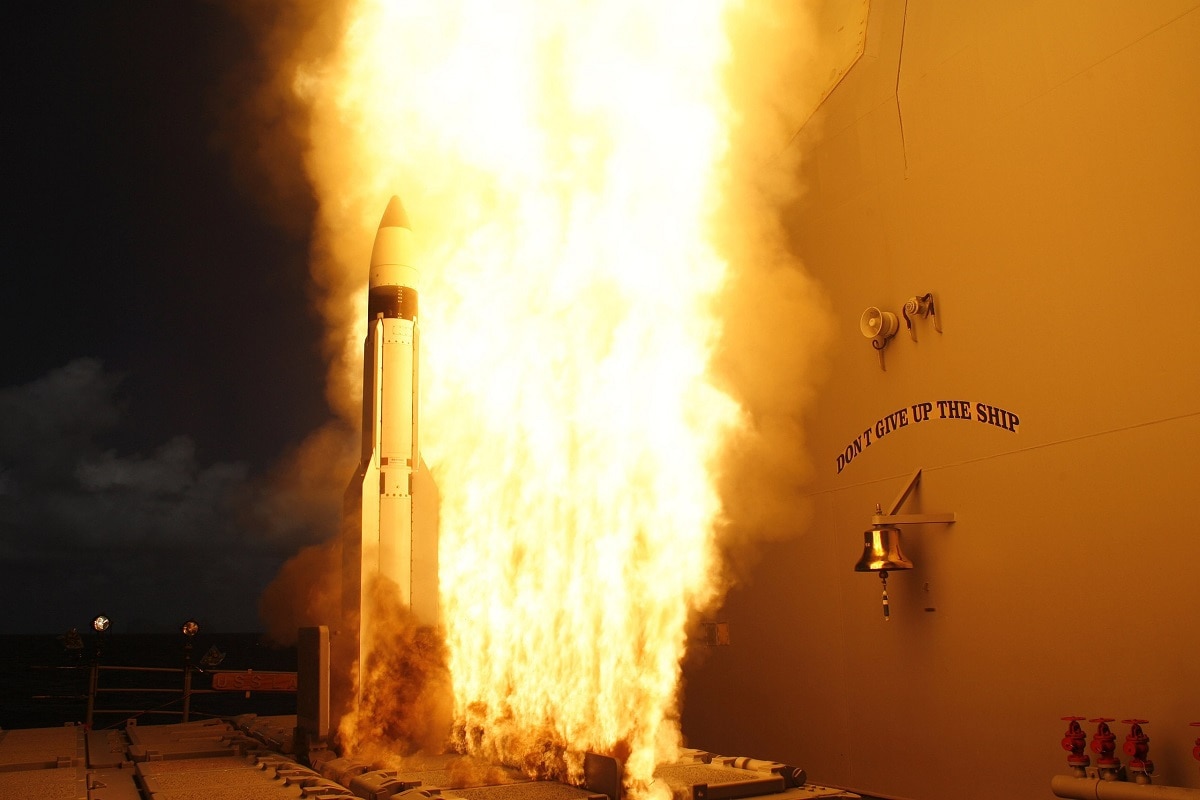Who can blame the crew of a Russian vessel for lingering around the waters near Hawaii?
Let’s face it, the region has calm seas and warm weather this time of year, but the Russian Navy Vishnya-class auxiliary general intelligence (AGI) ship Kareliya wasn’t likely taking in the sights or enjoying a peaceful cruise off the coast of Kauai.
From Putin with Love
Last week the ship had been lingering just outside of U.S. territorial waters, around thirteen nautical miles west of the island and just a nautical mile from the start of a sovereign coastline. It was within the bounds of international law and was not a hazard to navigation, but according to reports had not been broadcasting an automatic identification system (AIS) signal.
“U.S. Pacific Fleet is aware of the Russian vessel operating in international waters in the vicinity of Hawaii and will continue to track it through the duration of its time here,” U.S. Pacific Fleet spokesman Capt. John Gay said in a statement to USNI News. “Through maritime patrol aircraft, surface ships and joint capabilities, we can closely monitor all vessels in the Indo-Pacific area of operations.”
Russia’s Spy Ship
The Vladivostok-based Kareliya is one of seven Russian Navy AGIs that specialize in signals intelligence operations – which involves intercepting and deciphering an adversary’s transmissions. It is a common practice for rival navies to deploy such “spy ships” to monitor military communications. Chinese and Russian ships also routinely monitor U.S. Naval exercises – while U.S. signals intelligence aircraft and vessels also operate near the coasts of China and Russia to conduct similar operations.
The Project 864 Vishnya-class vessels – also known as the Meridian-class – were originally built for the Soviet Navy in the 1980s and have remained in service with the Russian Navy. The purpose-built ships were designed for signals intelligence gathering and utilize an extensive array of sensors. Data can be transmitted to shore via satellite link antennas that are housed in two large radomes. While not true “warships,” the class is reported to be armed with two AK-630 close-in weapons systems as well as SA-N-8 surface-to-air missiles (SAM) launchers.
Kareliya was commissioned in 1986, and was placed in the reserve fleet in the early 2000s, but was taken out of mothballs in 2014. After a three-year repair and upgrade, the AGI ship returned to operations in 2017.
Missile Spying
It is easy to see why the Russian vessel has been lurking in recent weeks.
Kauai – or Kaua’i – is the fourth-largest of the Hawaiian islands, and is home to the U.S. Navy’s “Barking Sands” Pacific Missile Range Facility (PMRF), the world’s largest instrumented multi-environmental range capable of supporting surface, subsurface, air, and space operations simultaneously. The site includes over 1,100 square miles of instrumented underwater range and over 42,000 square miles of controlled airspace.
It is the U.S. Navy’s premier facility for supporting operations, which vary from small, single-unit exercises up to large scale, multiple-unit battle group scenarios. It is the only range in the world where submarines, surface ships, aircraft and space vehicles can operate and be tracked simultaneously.
Peter Suciu is a Michigan-based writer who has contributed to more than four dozen magazines, newspapers and websites. He regularly writes about military small arms, and is the author of several books on military headgear including A Gallery of Military Headdress, which is available on Amazon.com.

